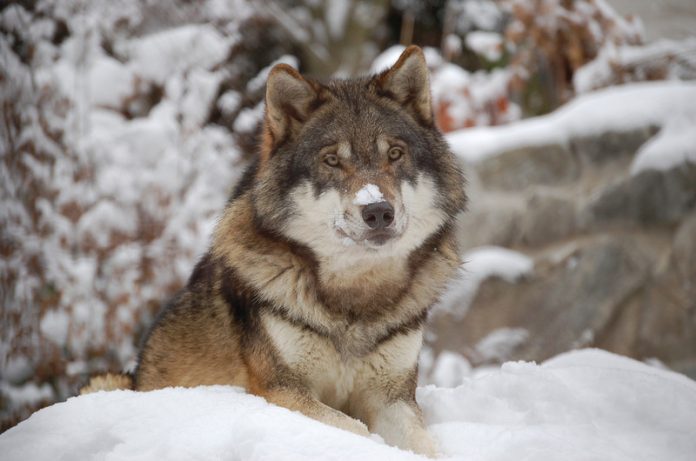The Christian Democrats have announced that if they win state elections in the German state of Hesse, they will support wolf-hunting licences. The centre-right Free Democratic Party promised to do the same, according to The Spectator.
There are about 1,000 wolves in Germany, one of which killed the pony of European Union President Ursula von der Leyen last year. Now she is proposing to relax wolf protection rules across the EU, with animal rights activists accusing her of seeking revenge on Europe’s wolf population for the death of her beloved animal.
As in the US, wolf reintroduction has become a political issue, but the number of these predators per person is much higher in Europe than in America. The wolf population in Europe is 19,000, which is higher than that of the US (18,000).
Conservationists insist that wolves are essential to the ecology of the land. However, they are just as good at killing livestock as they are at reducing deer population.
To gain the support of farmers and the agricultural community, some European governments allow occasional culling. The Swedish government approved the shooting of seventy-five wolves in one month, reducing the country’s population to 385.
The Netherlands came up with an unconventional tactic to deter wolves without killing them: residents of Gelderland proposed using paintball guns, but a Dutch court rejected the idea. Norway allowed wolf hunting in winter, which significantly reduced their population.
The moves have displeased not only environmentalists, but also farmers, who argue that shooting a few hundred animals will not necessarily solve the livestock problem. The initiative to reintroduce wolves is intended to keep them in the wild, but they, intelligent and adaptable, prefer to go wherever there are easy prey.
In France, where limited hunting licences are already in place, 11,000 sheep and goats were killed in just one year. A single female wolf reportedly killed 120 sheep in one year and a pack of wolves killed fifty sheep in just one night.
Environmentalists believe that the only sensible way to maintain a healthy wolf population and protect farmers’ livelihoods is to introduce a carefully managed hunting system. For example, US federal law determines which species are endangered, but it is up to the states themselves to manage their own hunting licences.
Most EU countries propose dubious policies such as electric fences. As Belgian sheep farmer Johan Schoutheden told the BBC:
A wolf-proof fence doesn’t exist. The wolf is so smart, he will override every fence.
Wolves learn quickly and adapt to our behaviour. If a wolf manages to catch a sheep and the farmer does not kill it, the predator will come back for a new one.
Some countries compensate farmers for livestock losses, but the payments often do not cover the costs, and it is extremely difficult to prove to authorities that the wolf is to blame.
Italian farmers are resorting to clandestine methods: nine wolves were poisoned in May. Conservationists are blaming the country’s “culturally medieval” farmers. Most of Italy’s wolves live on the peninsula rather than in the Alps, so human contact is inevitable. In one case near Rome, a wolf attacked a dog walker and ran off with the pet in its mouth.
Since many European governments are struggling with wolf reintroduction, they may find that the only system that can effectively manage the growing wolf population is responsible, regulated hunting.
